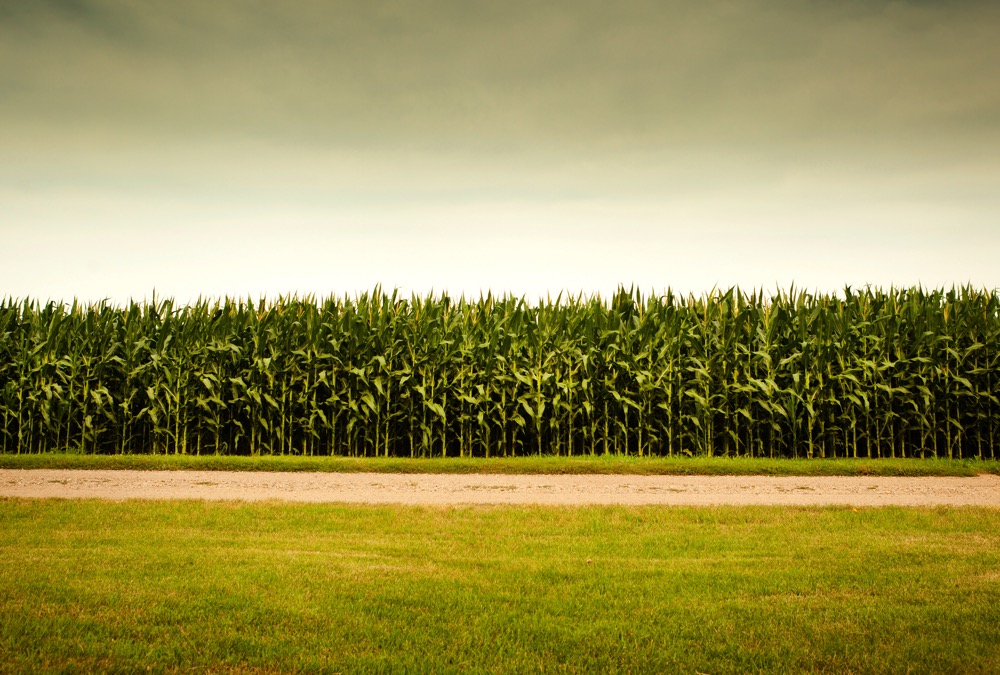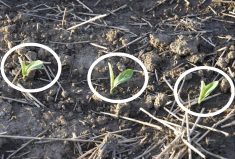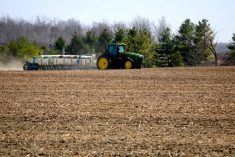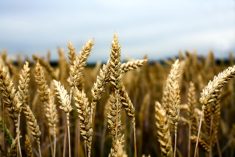It’s a corn crop mycotoxin year.
The annual survey conducted by OMAFRA field crop staff in collaboration with the Grain Farmers of Ontario and the Ontario Agri-Business Association has found that 60 per cent of samples tested low (less than two parts per million) for vomitoxin.
The mycotoxins that are of concern are produced primarily by Gibberella from fusarium ear moulds. They are a problem especially for hogs and cattle.
The infected corn is blended by the grain sector to reduce the mycotoxin load, but for farmers with infected corn the payday will be less with lower quality delivery of the crop. Farmers who grow corn for their own use can have challenges if a significant amount of the crop is infected.
Read Also

Senft to step down as CEO of Seeds Canada
Barry Senft, the founding CEO of the five-year-old Seeds Canada organization is stepping down as of January 2026.
The survey team took 146 samples from across the province and the samples were inspected for visual signs of ear mould. They were then dried and then tested at a lab for actual mycotoxin levels.
The OMAFRA field crop team said in its report that in previous years when mould infection was an issue there were higher amounts of insect ear feeding, especially western bean cutworm (WBC). Birds have also been an issue.
However, this year, consistent with WBC trap counts, the peak moth flight for much of the corn crop was after tasseling, which could have deterred egg laying in corn fields. However, later planted corn could have been more susceptible to corn earworm feeding and that could have contributed to greater mycotoxin levels, especially in southern and eastern Ontario.
The OMAFRA field crop team emphasized that the level of vomitoxin in the crop varies greatly across the province, so evaluation of the crop by farm is important.
When ear rots are present, the following harvest, storage and feeding precautions are advisable (Adapted from OMAFRA Pub 811, Agronomy Guide for Field Crops by the OMAFRA field crops team):
- Harvest and dry as quickly as possible, especially susceptible hybrids. Mould and mycotoxin development ceases when grain moistures are below 15 per cent.
- If insect or bird damage is evident, harvest outside damaged rows separately. Keep and handle the grain from these rows separately.
- Adjust harvest equipment to minimize damage to corn, and to remove smaller end kernels or those that have been damaged from mould or insect feeding. Clean corn thoroughly to remove pieces of cob, small kernels and red dog which may be infected.
- Clean bins before storing new grain and cool the grain after drying. If possible, segregate corn based on vomitoxin content to help match end use.
- Check stored grain often for temperature, wet spots, insects and mould growth. For grain with elevated mould content, consider marketing as soon as possible. Avoid long term storage where possible.
Exercise caution when handling or feeding mouldy corn to livestock, especially to hogs. Pink or reddish moulds are particularly harmful. Test suspect samples for toxins. Work with a nutritionist to manage vomitoxin levels in feed.
This year’s Ontario corn crop is showing higher levels of mycotoxins compared to previous years, and caution is advised. photo: YinYang/E+/getty images














